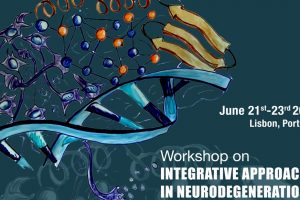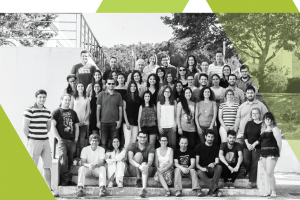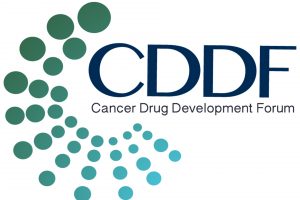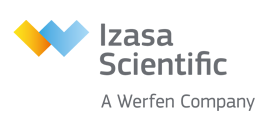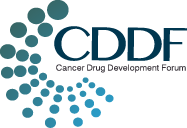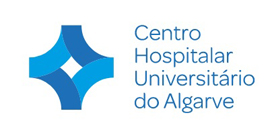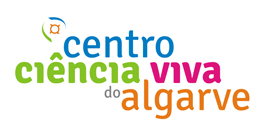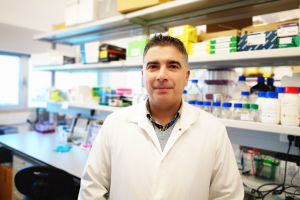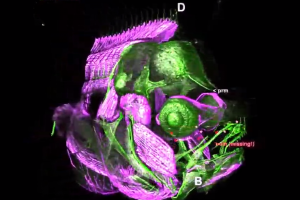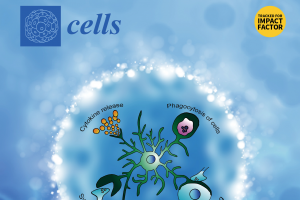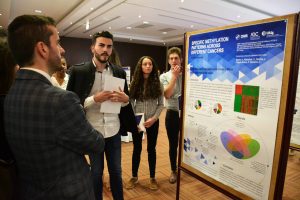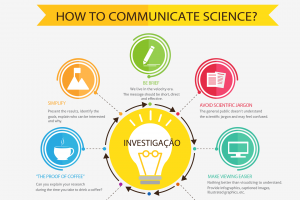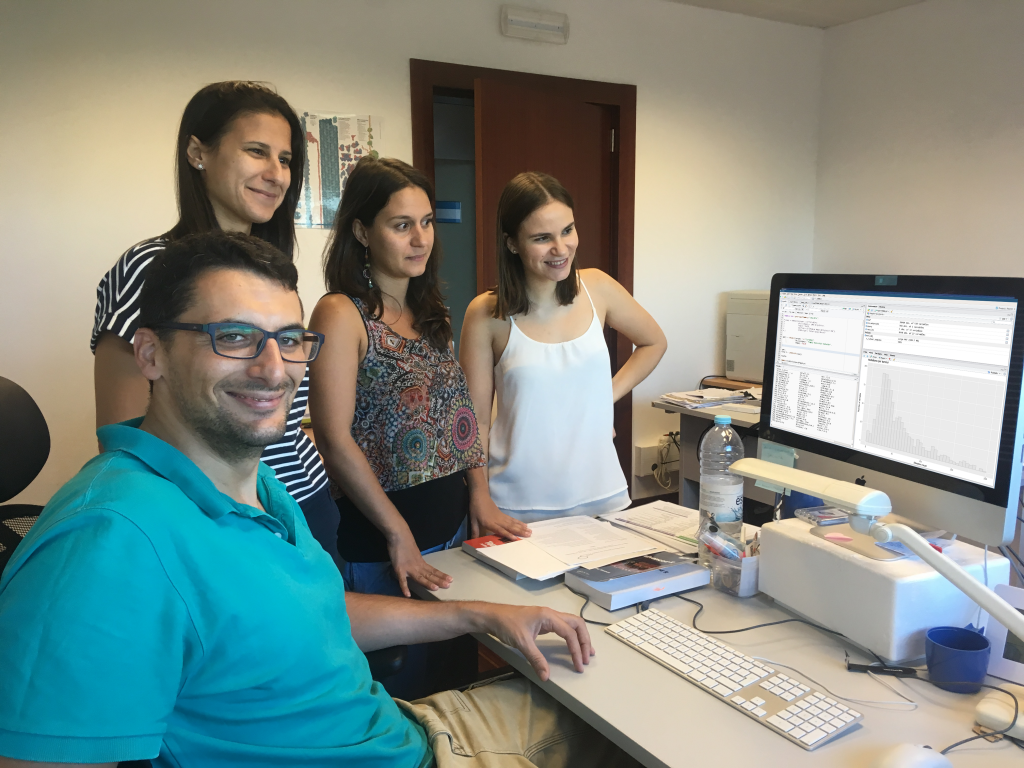
The CBMR research group works daily to understand, through computational biology, what causes the “car crash”. What factors may be influential, and how their understanding can help to prevent “accidents” in the future. The goal is clear: identify women who are more likely to develop breast cancer and get there earlier than the disease.
The conversation begins with a simple question: what if the cancer was thought as a car crash?
The Functional Genomics of Cancer research group, led by Ana Teresa Maia, and specifically focused on the study of breast cancer, the most common cancer among women, offers the answer. If the cancer could be approached, metaphorically, with a car crash, the researchers of this laboratory would be the accident experts.
If we assume that the causes of the accident are unknown, researchers have, as explain Ramiro Magno, computational biologist and member of the research group, “to consider a number of hypotheses.” In this case, according to the researcher, “the accident could be, among other reasons, somehow related to the car or with external factors (the rain, the road conditions, etc.).”
The same thing happens with cancer. Based on the premise that cancer is a highly heterogeneous and complex disease, which can be manifested in very different ways, the main goal of the research group is to understand what parts of the car (metaphorically related to the human body) may be associated with the accident, in particular, and the possibility of occurring accidents, in general.
According to Joana Xavier, a postdoctoral researcher, also working in the group, “based on the genetic knowledge that leads to the risk for breast cancer, we try to understand why there are women who are more predisposed than others to develop the disease.”
The goal is clear – to prevent. As Filipa Esteves, doctoral student, points out “by collecting and analyzing a set of genetic data it is possible to understand who are the women who need to be closely monitored. The goal is to get there before the disease”.
Using an interface, programmed in “R”, a programming language used mainly in mathematical and statistical analysis, Ana Teresa Maia’s team seeks to instruct the computer to analyze large sets of genomic data that will allow researchers to raise important scientific questions.
Can the greater or lesser expression of a given gene influence the long-term survival rate of patients? Will there be certain regions of the genome that are particularly associated with the likelihood of developing cancer? If so, which ones and why?
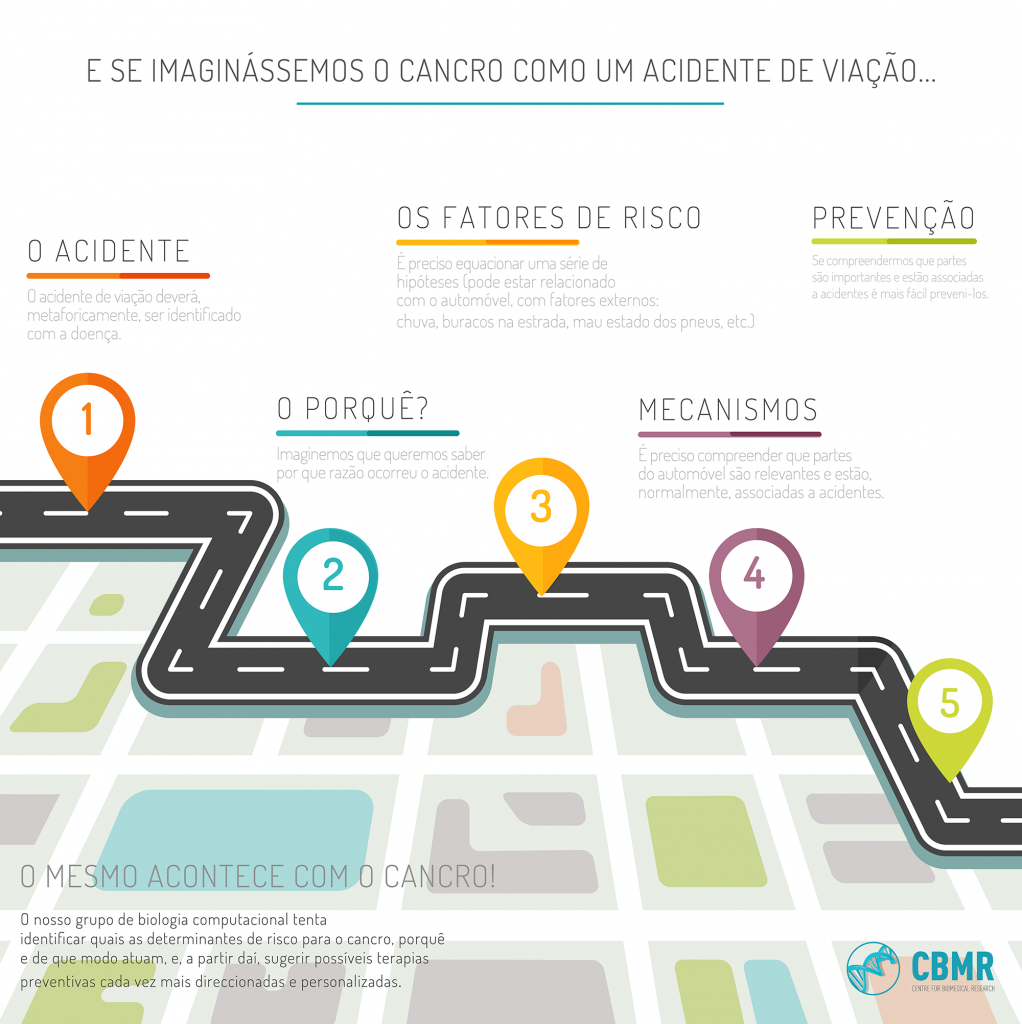
It is, to find answers to some of these questions, that this group of Computational Biology works every day. With the help of computational tools, the researchers seek to extract results that may lead to possible responses from the analysis of the data and the genome.
As Ana Teresa Maia, leader of the research group, states, “the idea is to identify the determinants of risk in order to map out who are the women who are most likely to get the diseased and get there earlier”.
But, as the researcher explains, the potential of the work developed at the Centre for Biomedical Research, and, particularly, at the Functional Genomics of Cancer research group, is not exhausted here, since “the knowledge produced by the group can help, from the clinical point of view , to design and develop therapies that may, in the future, lower the risk of developing the disease.”
As Ana Teresa Maia states, “by understanding the mechanisms behind the process,” and by studying the genetic data, it is possible to “adapt and refine the mechanisms of detection and detection of the disease.”
For the research group, composed by 5 internal investigators and 5 external collaborators, only one thing matters: to understand the causes of the accident, why it occurred and what are the determining factors – to be able to prevent it in the future.
“By collecting and analyzing a set of genetic data it is possible to understand who are the women who need to be closely monitored. The goal is to get there before the disease.”




